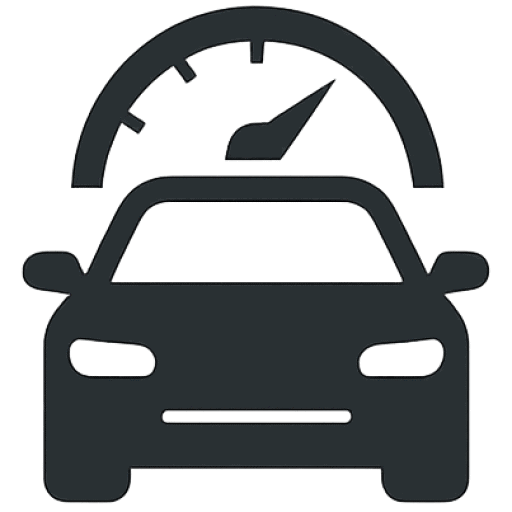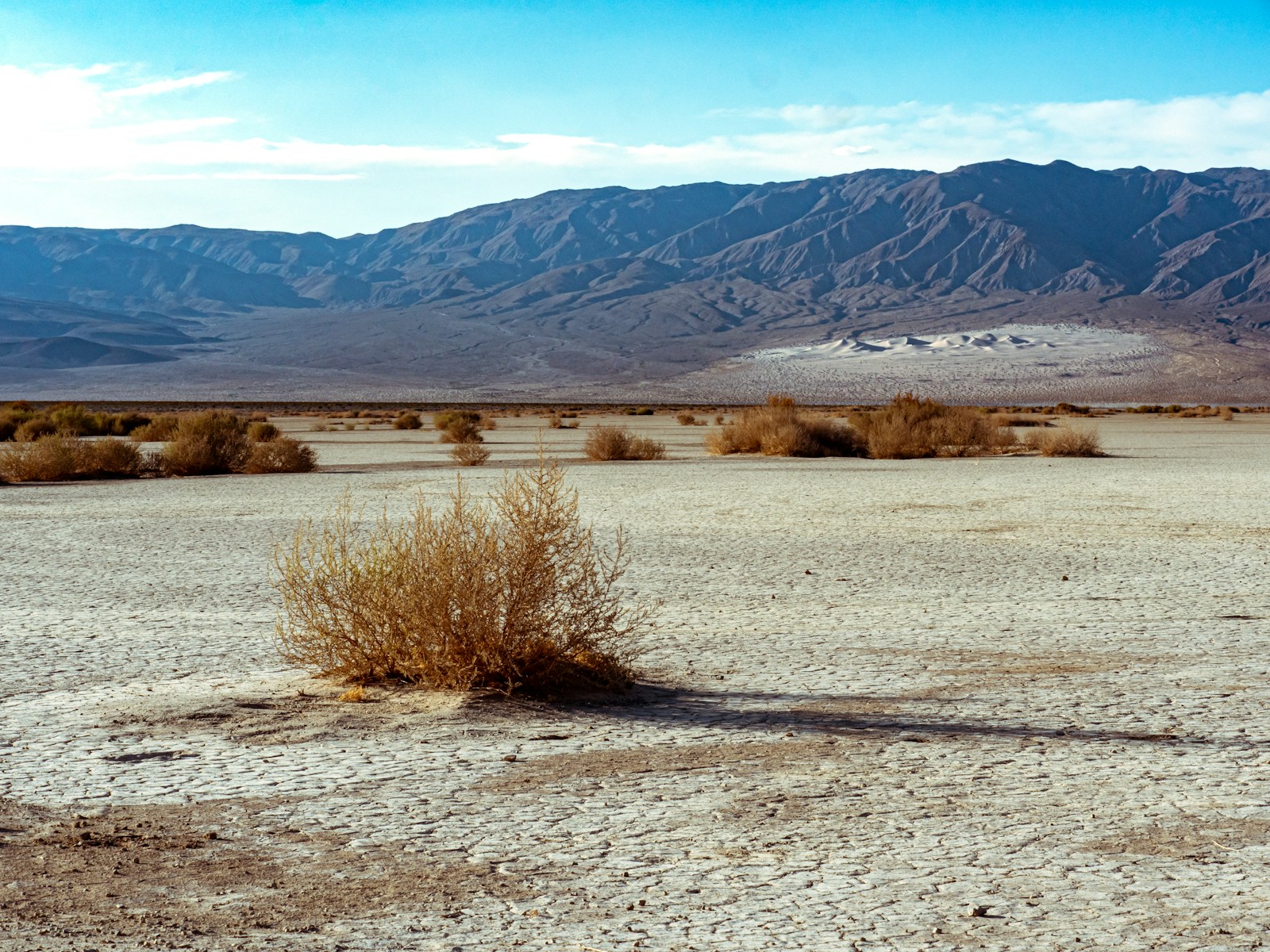Living in Southern California and frequently road-tripping through the desert, I’ve learned the hard way how extreme heat messes with tire pressure. One summer, I drove through Death Valley and ended up pulling over because my tire pressure warning light came on—despite topping up the day before. That trip taught me something most people don’t think about: heat can inflate your tires more than you’d expect, and if you’re not careful, it can be dangerous.

So how hot is too hot when it comes to tire pressure? And what should you actually set your PSI to when the weather forecast starts hitting triple digits?
Let’s break it down.
Why Temperature Matters for PSI
Tire pressure changes with temperature. As it gets hotter, the air inside your tires expands. The rule of thumb is that for every 10°F increase in ambient temperature, your tire pressure goes up by about 1 PSI.

So, if you set your tires to 35 PSI on a cool morning and the afternoon heat hits 100°F, you could be running at 38–39 PSI by the time the sun is blazing. That might not sound like a big deal—but if you’re already near the maximum pressure rating, you could be putting unnecessary strain on your tires.
When Tire Pressure Becomes Too High
Here’s what happens when your PSI gets too high in the heat:
- Tires may wear unevenly, especially in the center
- Traction can suffer, especially if the contact patch is reduced
- You risk a blowout, especially at highway speeds on hot pavement
- The ride becomes harsh and bouncy

In the desert, where pavement temps can exceed 140°F, it doesn’t take much for tire pressure to creep into risky territory.
What’s the Ideal PSI in Hot Weather?
If your car’s recommended PSI is 33, stick with that—just check it first thing in the morning, when the tires are still cool. Don’t adjust pressure based on the heat later in the day. Let the increase happen naturally, and don’t bleed air out after driving in the heat, because your pressure reading will be artificially high.

If you’re carrying a heavy load or doing long highway drives, I sometimes add 1–2 PSI above the recommended level early in the morning just to offset any fluctuations. But that’s more of an experienced-driver move, and not necessary for most people.
How I Handle Tire Pressure on Hot Trips
Here’s my personal routine:
- Check all four tires before leaving, ideally when they’ve been sitting overnight in the shade.
- Top off to the exact PSI recommended on the driver-side door sticker—not the sidewall of the tire.
- Use a digital pressure gauge (they’re more accurate, especially in the heat).
- Avoid topping off mid-day, even if the reading looks high.
- Visually inspect for bulges or soft spots after long highway stretches in the heat.

If I’m doing desert travel—say, between L.A. and Arizona or Nevada—I do one extra check mid-trip during a rest stop just to be safe.
What PSI Is Too Much?
Generally speaking, anything more than 10% over the recommended PSI can be risky, especially if you’re driving at high speeds. If your tires are rated for a max of 44 PSI and you’re hitting 42 on a 100°F day, it’s cutting it close.

Modern tires are tough, but they’re not immune to the laws of physics. Combine overinflation with hot pavement and under-lubricated suspension parts, and you’re asking for trouble.
Should You Lower Pressure for Hot Weather?
No. That’s a common myth. Lowering your tire pressure to “prepare” for heat can actually cause more harm than good. Underinflated tires generate more heat because of the increased rolling resistance—and that makes blowouts even more likely.

Stick with the manufacturer’s recommended cold PSI.
Signs Your Tire Pressure Is Too High (or Low)
Look for:
- Uneven wear across the tread
- Vibrations at highway speeds
- Sluggish handling
- TPMS (Tire Pressure Monitoring System) alerts
If you notice any of these on a hot day, find a shaded area and check your pressures with a reliable gauge. Avoid parking on hot pavement when checking—shade makes a difference.
You Might Also Be Interested In:
- Best Tires for Wet and Dry Conditions
- Tire Pressure Monitoring Systems: Value for Money?
- Best Quiet Tires for Highway Driving
FAQs

Q: Should I deflate my tires if the pressure increases in the heat?
A: No. Always measure tire pressure when the tires are cold. If you deflate when they’re hot, you’ll end up underinflated the next morning.
Q: What’s the best time of day to check tire pressure in summer?
A: Early morning, before the sun hits your tires. That gives you the most accurate “cold” reading.
Q: Can overinflated tires cause a blowout?
A: Yes, especially in high-speed, high-temperature conditions. That’s why it’s important to follow the PSI recommended by your car’s manufacturer—not the tire’s max PSI rating.
Driving in hot weather doesn’t have to be stressful, but your tire pressure absolutely deserves attention. I always say—set it cold, check it often, and never underestimate how much a heatwave can affect your ride.
Let’s Talk Cars
Have a question? A suggestion? Just want to say hi?
You’re in the right place.
Use the form below to reach out to the AutoSpecs Daily team. We're happy to hear from readers, car lovers, first-time buyers, and anyone who's got something to share.
What can you contact us about?
- Feedback on one of our articles
- Ideas for new topics you'd like us to cover
- Questions about cars, gear, or general auto advice
- Media, partnership, or brand inquiries
- Anything else that's on your mind
We check every message that comes through and do our best to respond within 2 to 3 business days.
We don’t list an email address here to avoid spam, but the contact form is the best and fastest way to reach us.
Thanks for stopping by. We're glad you're here.

